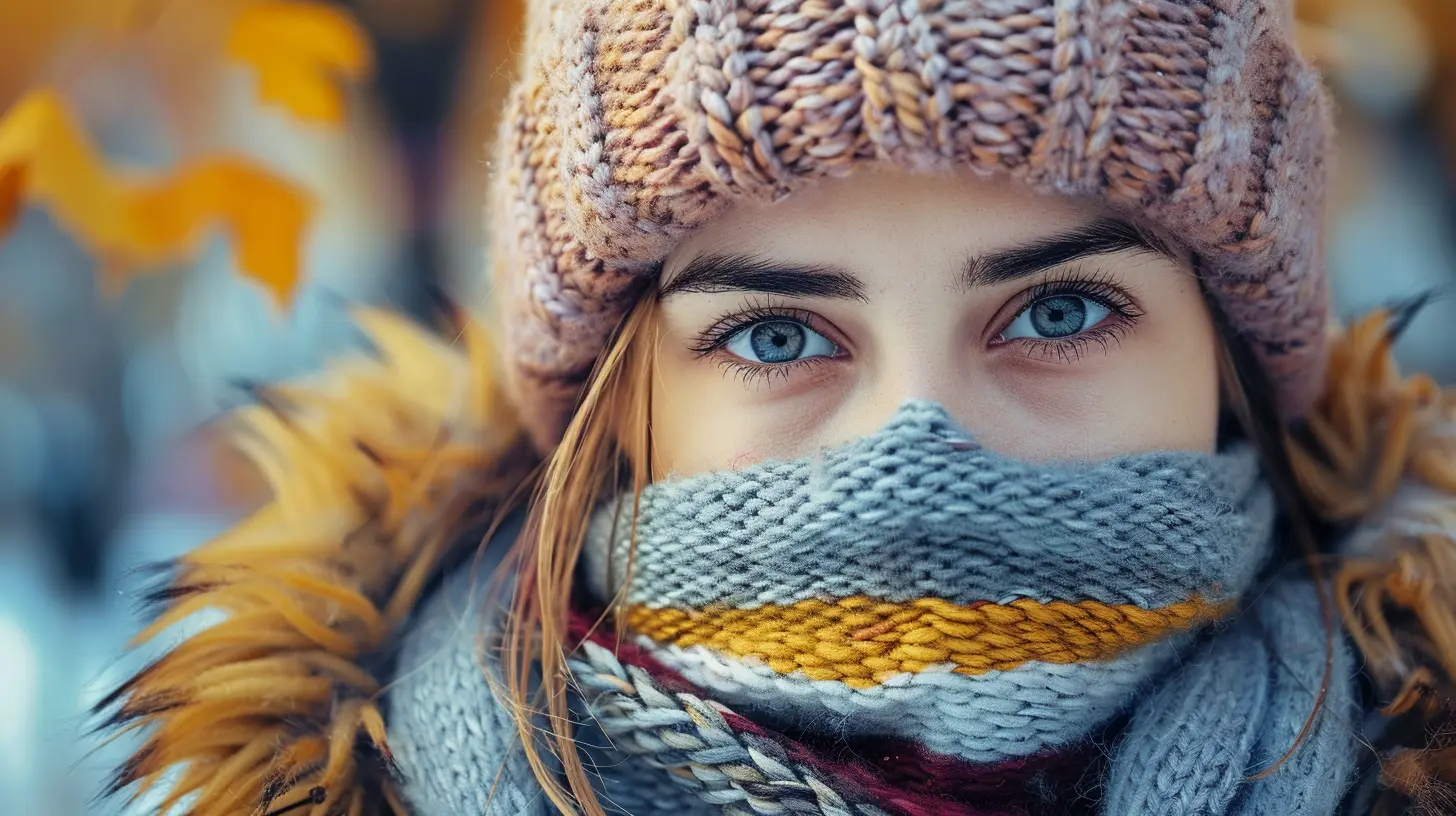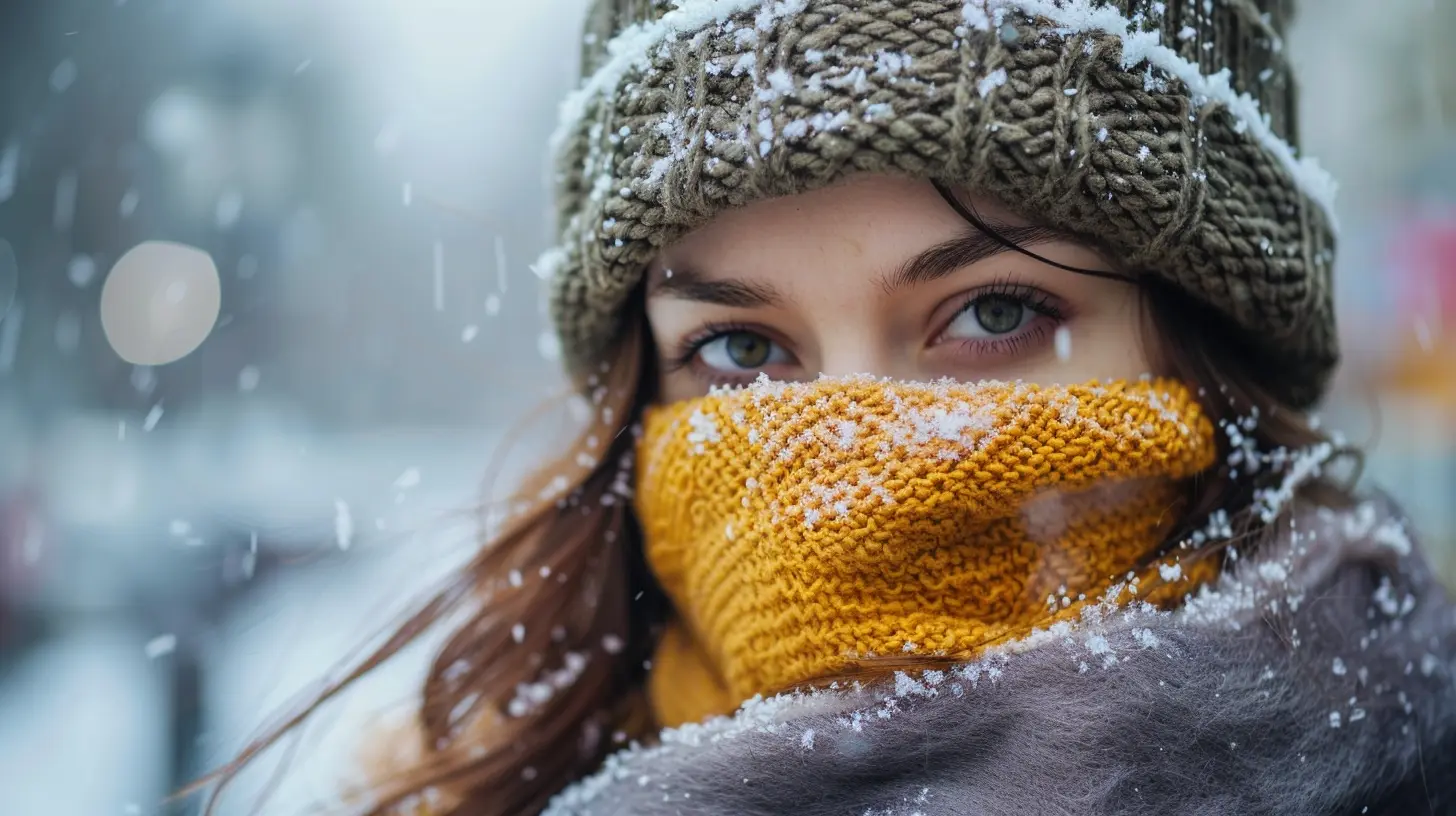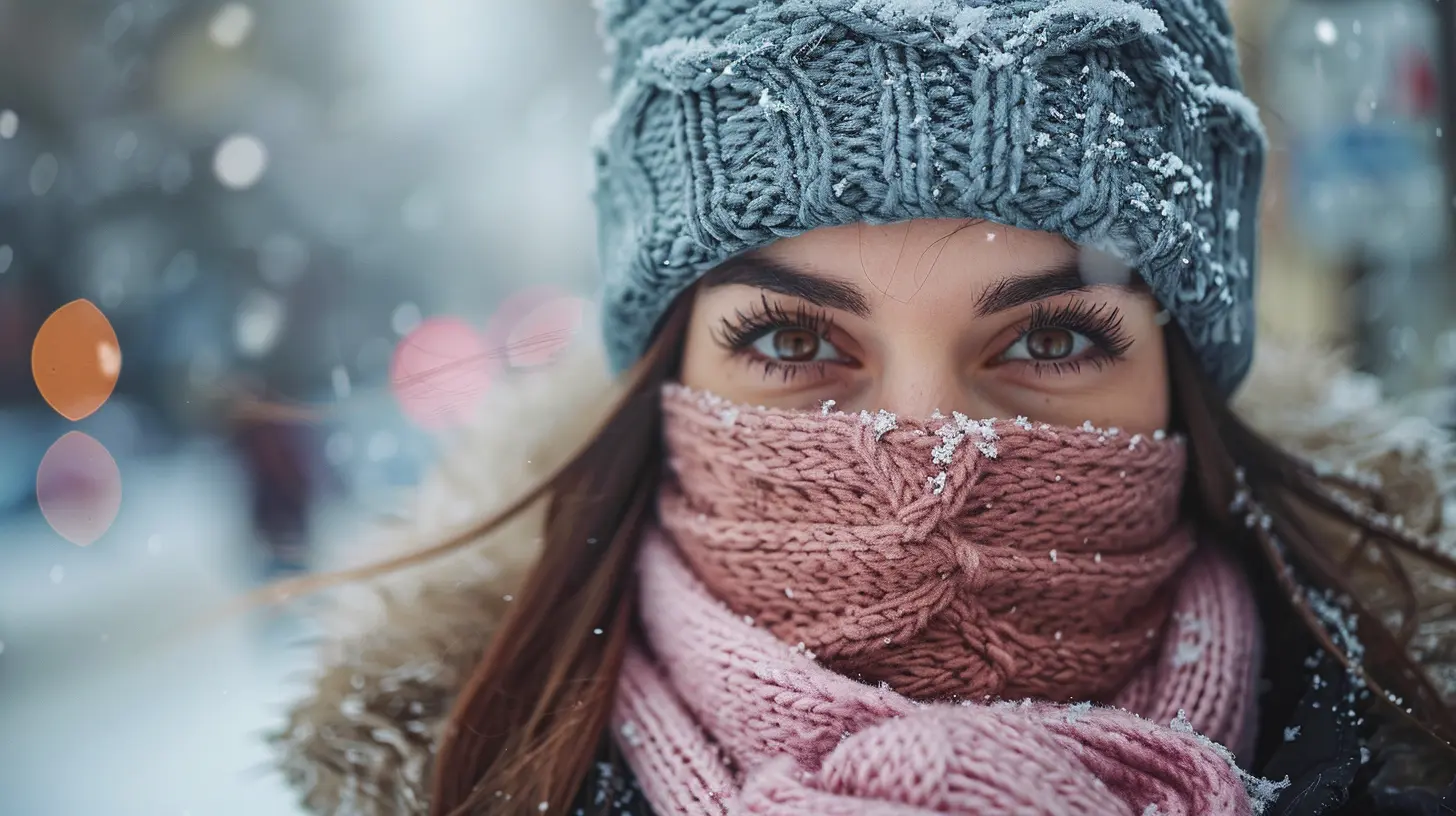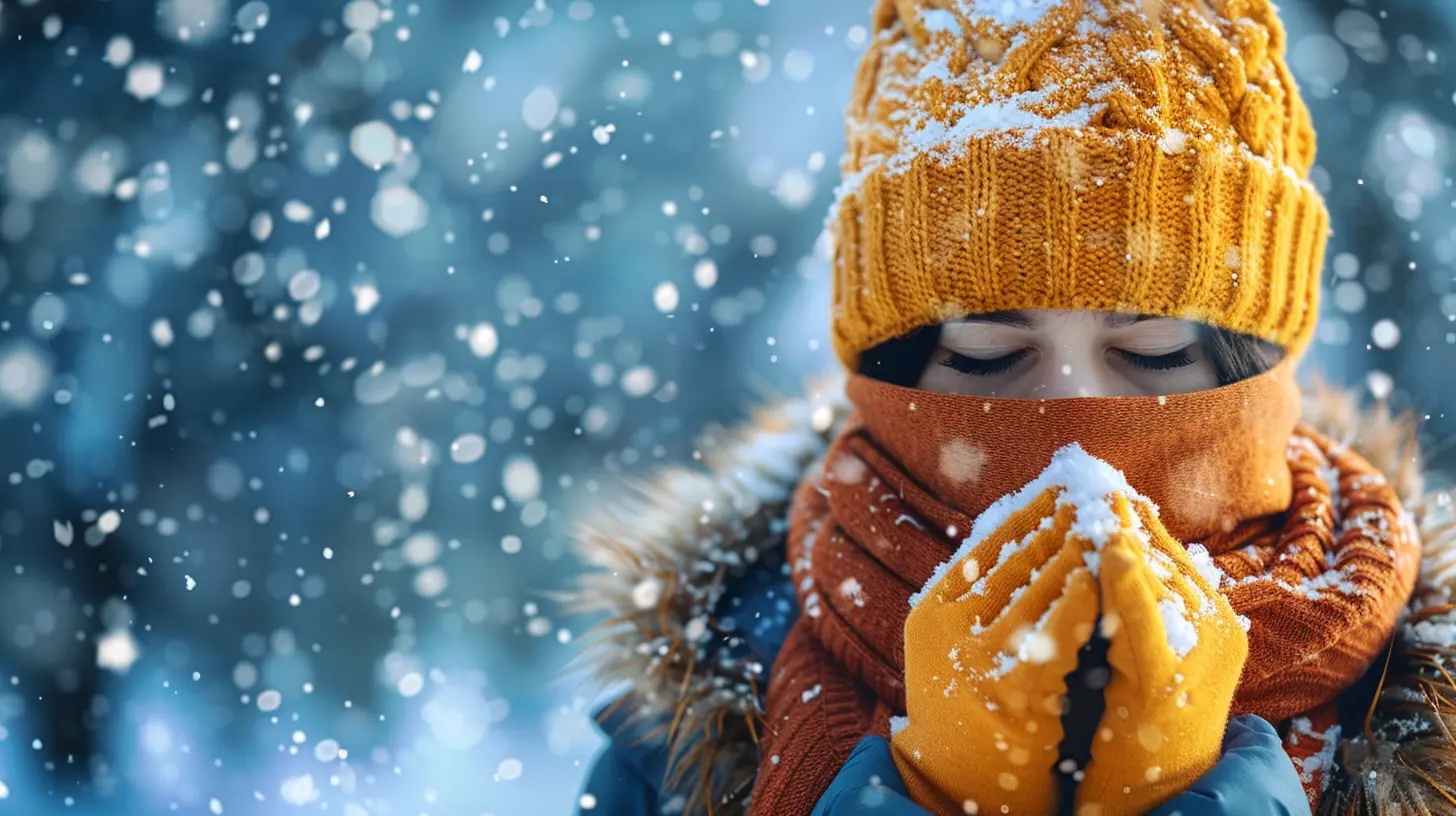19 April 2025
We’ve all heard someone say, “The weather’s changing...no wonder I’ve caught a cold!” But have you ever stopped to wonder if that’s really true? Or are we all just blaming Mother Nature for our sniffles and sneezes?
Well, grab a hot cup of tea, wrap yourself in a cozy blanket, and settle in—because we’re about to dive into the fascinating link between weather changes and the rise (and fall) of cold and flu rates. Spoiler alert: the weather really does play a role—but probably not in the way you think.
Why Do People Get Sick More Often During Certain Seasons?
You’ve likely noticed that sniffles and sneezes spike during the fall and winter months. But it's not just about the cold air—it’s way more complex than that.First off, cold and flu viruses are caused by viruses, not the weather itself. Let’s make that crystal clear. You don't "catch" the flu from freezing temperatures. But the environmental changes that come with colder weather? They create the perfect storm for those pesky viruses to thrive and spread.
Let’s break it down piece by piece.
The Science Behind Cold Weather and Viral Infections
Wondering why the flu loves winter more than we love cozy sweaters? Here’s the scoop.1. Viruses Thrive in Cold, Dry Air
Some viruses, like the influenza virus, are more stable in cold, dry air. That means they survive longer outside the body. So, when someone sneezes in December, those airborne droplets can hang around and infect others more easily than they would in, say, July.Also, lower humidity levels mean the droplets expelled from coughs and sneezes evaporate quickly, making the virus-laden particles lighter and easier to inhale. Not super fun, right?
2. We Spend More Time Indoors
Think about what happens when the temperature drops. We huddle indoors, crank up the heat, and close the windows. While that’s great for staying warm, it’s also the perfect setting for germs to spread like wildfire.Less ventilation + closer quarters = higher odds of getting sick.
3. Our Immune System Takes a Little Nap
When we’re exposed to colder temperatures, our body has to work harder to stay warm. That added stress can put a strain on the immune system, making it slightly less efficient at fighting off infections.Plus, with shorter days and less sunlight, many of us experience a drop in vitamin D, which plays a crucial role in immune function. No wonder the sniffles sneak in!
Weather Changes and the Flu: What the Data Says
You don't have to take our word for it—science backs this up. Numerous studies show a clear link between colder temperatures and spikes in respiratory illnesses.One study published in the journal Nature Microbiology found that the flu virus spreads most effectively at around 5°C (41°F) with low humidity. Another study from Harvard revealed that cold air impairs the nasal immune response, making it easier for viruses to settle in and flourish.
So yes, those chilly mornings might be doing more than just frosting your car windshield—they’re also opening the door to viral invaders.
What About Sudden Weather Changes?
Good question! Have you ever had beautiful weather on Monday, and then by Thursday, it’s snowing? That abrupt flip in temperatures can stress the body—especially the sinuses and respiratory system.Sudden temperature drops can:
- Dry out your nasal passages
- Weaken local immune defenses
- Trigger allergic reactions that leave you more susceptible to infection
In other words, your body doesn’t love playing weather ping-pong.
Warm Weather Bugs? Yep, They're a Thing Too
Now before we let cold weather take all the blame, it’s worth mentioning that flu and colds aren’t completely extinct in warmer months. In fact, some strains of the cold-causing rhinovirus spike during spring and fall.And in tropical and subtropical regions, where temperatures stay warm year-round, flu outbreaks still happen—but they often follow rainy seasons instead of cold ones.
So, it’s not just temperature—it’s also about moisture, crowding, and behavior.
Debunking the Big "Cold Weather = Cold" Myth
Okay, let’s put this myth to bed: You can't catch a cold just from being cold.Yes, being cold can reduce your immune system's efficiency slightly. Yes, viruses survive better in cold air. But the real kicker? You have to come into contact with a virus to get sick.
Sitting in the cold without a coat won’t make you sick… unless someone sneezed on that coat first.
So next time Grandma yells at you to wear a scarf or you’ll catch a cold—just smile, and maybe bring some hand sanitizer instead.
How to Stay Healthy When the Weather Turns
Armed with all this knowledge, how can you protect yourself and your family when the weather decides to get funky?Here’s a simple checklist:
🍊 1. Boost Your Immune System
Eat foods rich in vitamin C, zinc, and antioxidants. Think oranges, berries, leafy greens, and nuts. Stay hydrated and get plenty of rest—your body will thank you.🧼 2. Wash Those Hands Like a Pro
It may sound simple, but frequent handwashing is one of the best defenses against colds and flu. Use soap and water, and scrub like you're prepping for surgery.🧴 3. Stock Up on Sanitizer
When soap’s not available, an alcohol-based hand sanitizer can zap most germs. Keep a small bottle in your bag or car—you’ll use it more than you think.😴 4. Don’t Skimp on Sleep
Your immune system does some of its best work while you’re sleeping. Aim for 7-9 hours a night, especially when the seasons are changing.🌞 5. Get Some Sunlight
Even 15-20 minutes of sunlight can help your body produce vitamin D, which supports immune health. Bonus: it’s great for your mood too.🧣 6. Dress Smart (But Not in Fear)
Layer up during the colder months to avoid unnecessary stress on your body. But remember—clothes don’t prevent viruses, your hygiene habits do.The COVID-19 Angle: Lessons We've Learned
The COVID-19 pandemic taught us a lot about how viruses behave—particularly how they surge during colder months.Mask-wearing, physical distancing, and improved indoor air quality helped drastically reduce cases—not just of COVID, but also of influenza and other respiratory illnesses. These practices proved one thing:
> It’s not just about the weather—it’s about how we respond to it.
Final Thoughts: Weather May Nudge, But We Control the Outcome
At the end of the day, the weather doesn’t make you sick—viruses do. But the way that weather changes the environment around us? That can set the stage for infections to take center stage.So while you don’t need to fear a cloudy forecast, it’s smart to be extra vigilant when the seasons shift. Stay warm, wash your hands, fuel your body, and don’t forget to grab that flu shot when the chill sets in.
Because while we can’t change the weather, we sure can outsmart it.


